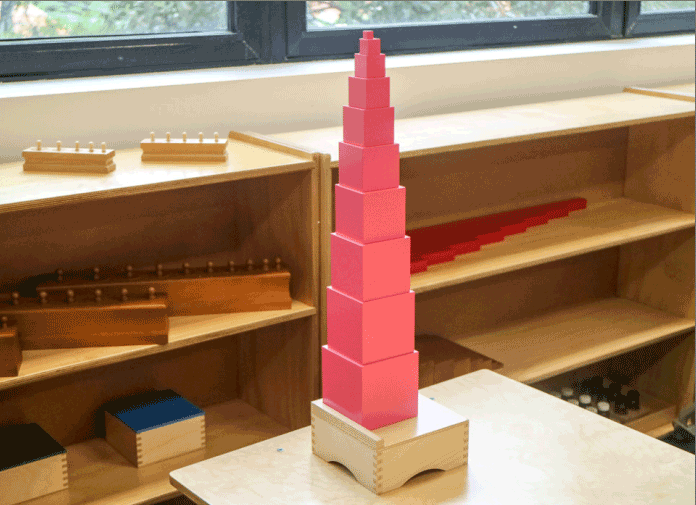Exploring Length, Weight, and Volume: Montessori Measurement Activities That Inspire – Measurement is a fundamental concept that Montessori education aims to teach young children. Understanding length, weight, and volume not only allows children to make sense of the world around them but also helps them to develop critical thinking and problem-solving skills. In this article, we will explore Montessori measurement activities that inspire children to explore and understand these concepts.
Measurement is a fundamental concept that Montessori education aims to teach young children. Understanding length, weight, and volume not only allows children to make sense of the world around them but also helps them to develop critical thinking and problem-solving skills. In this article, we will explore Montessori measurement activities that inspire children to explore and understand these concepts.
1. Length Measurement
Montessori offers several activities to help children understand and measure length. One popular activity is the “Longest to Shortest” game. Children are provided with different objects of varying lengths and are asked to arrange them from longest to shortest. This activity helps children develop visual perception and sequencing skills, as well as an understanding of the concept of length.
Another activity is the “Walking the Line” exercise. A long line is marked on the floor, and children are encouraged to walk along it, maintaining balance and coordination. This activity helps children develop spatial awareness and a sense of distance, laying the foundation for understanding measurement and comparison.
2. Weight Measurement
Montessori provides various activities to introduce weight measurement to children. One activity is the “Balance Scale” game. Children are given objects of different weights and are asked to balance them on a scale. By observing which side of the scale tips down, children start to understand the concept of weight and learn to compare and classify objects based on their weight.
Another activity is the “Weighing Objects” exercise. Children are provided with a set of objects and asked to determine which one is lighter or heavier. This activity promotes critical thinking and problem-solving skills, as children learn to make comparisons and draw conclusions about weight.
3. Volume Measurement
Montessori introduces volume measurement through activities that involve pouring and transferring liquids. One such activity is the “Transferring Water” exercise. Children are given two identical containers of different sizes and asked to transfer water from one container to another. This activity helps children understand the concept of volume and develop fine motor skills.
The “Pouring Exercise” is another activity that facilitates understanding of volume. Children are provided with different-sized containers and asked to pour water from one container to another, gradually filling each container. This activity allows children to grasp the concept of volume and learn how different containers can hold different amounts of liquid.
Exploring length, weight, and volume is an essential part of a child’s development, and Montessori measurement activities offer a hands-on and engaging way to understand these concepts. Through activities such as “Longest to Shortest,” “Balance Scale,” and “Transferring Water,” children not only learn about measurement but also develop critical thinking, problem-solving, and fine motor skills. By incorporating these activities into the Montessori curriculum, educators can inspire children to explore and appreciate the fascinating world of measurement.</p
Nidhin
For More Details Call: +917510220582

